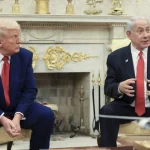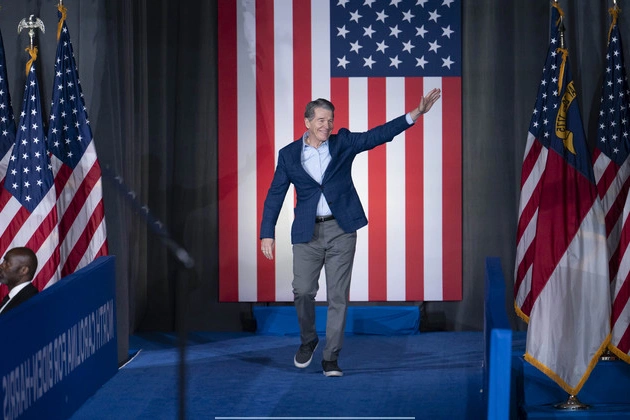
In the lead-up to the recent presidential election, Ohio officials initiated probes into alleged voter fraud cases involving noncitizens, aligning with a broader Republican narrative cautioning against ineligible voters participating in the electoral process.
However, despite the initial alarm, the outcomes of these investigations unveiled a stark contrast between the rhetoric of rampant noncitizen voting and the actual occurrences. Ohio Secretary of State Frank LaRose’s referral of 621 cases of voter fraud resulted in indictments against only nine individuals over a decade, a minute fraction of the state’s massive voter base and ballot count.
Delving into the stories of those accused in Ohio sheds light on the reality of these incidents. The cases, including that of Nicholas Fontaine, a longtime resident facing deportation for voting as a noncitizen, exemplify individuals acting independently under misconceptions of eligibility.
Fontaine, a permanent resident since childhood, expressed his innocence, citing a belief in his voting rights instilled during his youth. Despite receiving a warning from Homeland Security regarding his past illegal votes, Fontaine was shocked by his recent indictment, underscoring the complexity and consequences of unintentional electoral violations.
Similarly, other defendants like Fiona Allen and Lorinda Miller found themselves entangled in legal proceedings due to inadvertent oversights on voter registration forms, leading to criminal accusations for voting unlawfully.
These cases underscore the challenges faced by immigrants navigating voting regulations, with legal implications often outweighing their intentions. The discrepancies between public discourse and legal realities surrounding noncitizen voting underscore the need for clarity and education on voting rights and restrictions.
Jay Young of Common Cause emphasized the rarity of noncitizen voting incidents nationally, dispelling the myth of widespread illegal voting. He highlighted the rigorous processes in place to deter and penalize such actions, debunking the divisive narrative of immigrant interference in elections.
Ultimately, the Ohio cases serve as a microcosm of a broader issue: the manipulation of false narratives to undermine trust in the electoral system. By examining individual stories and legal proceedings, the gap between political rhetoric and factual occurrences regarding noncitizen voting comes into sharp focus, calling for a nuanced approach to safeguarding the integrity of elections.















